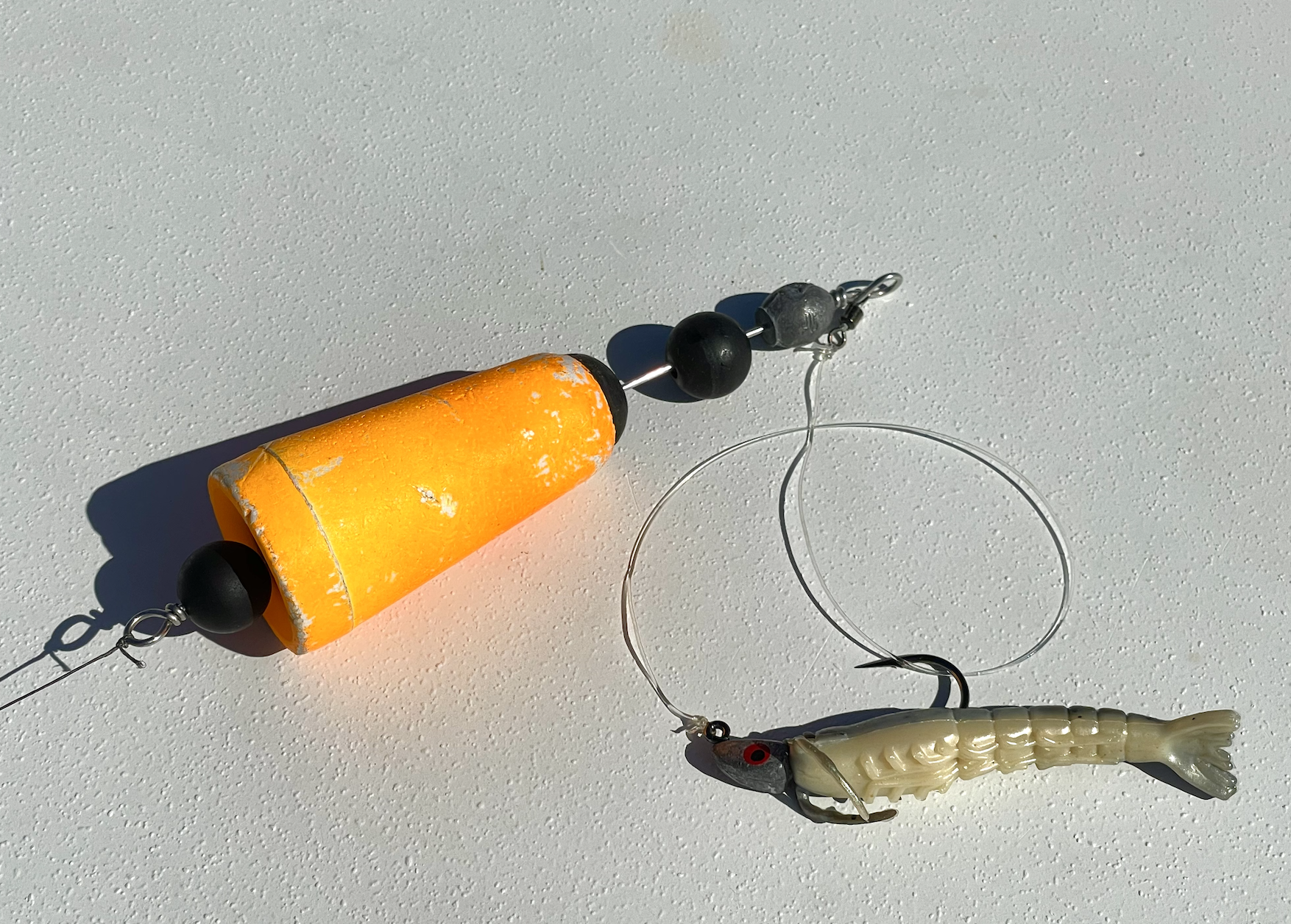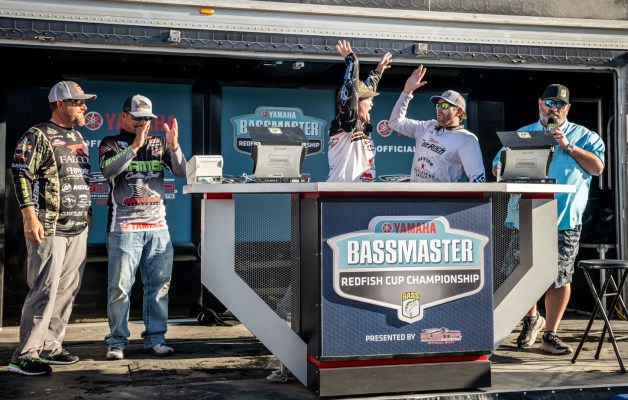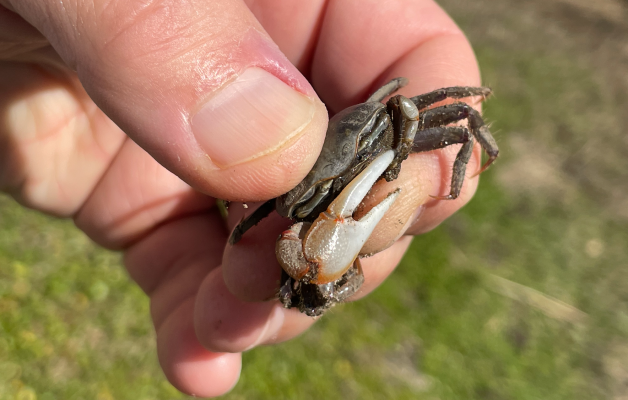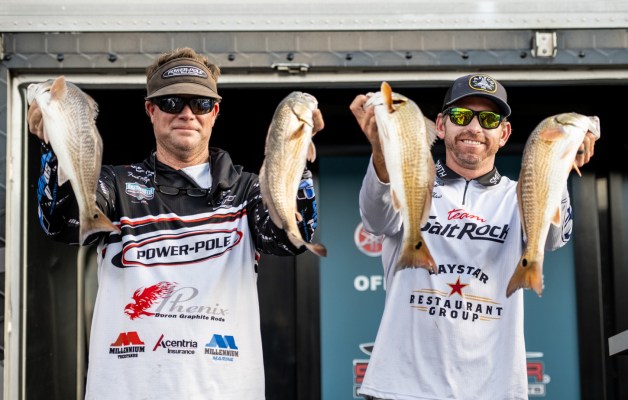
From a boat deck, boardwalk or marina pier, watching the Winyah Bay tidal flow might leave you wondering: “How can fish feed in this murky water?”
No doubt, the brownish plumes of swirling pluff mud definitely inhibit sight feeding; but remember, these fish live here. This is their world and they know how to work with the dynamics they encounter every single day.
Anglers can, however, tilt the odds in their favor by leveraging two key sensory points — smell and sound. The two can work independently, but when paired together, the synergy makes big things happen.
Smell: Redfish have good eyesight, but since they’re built primarily for bottom foraging, their sniffers are bloodhound sharp. This is why a lot of anglers have been throwing Berkley Gulp! soft plastics; mostly the shrimp forms.
Berkley infuses Gulp! baits with a science-based proprietary scent formula that’s said to maximize scent dispersion and create a larger strike zone. Available in a spray bottle for enhancing other baits, the Gulp! influence offers a big advantage in waters with lower visibility.
Florida’s Ryan Rickard, who won the 2021 event in Port Aransas, Texas and placed second in 2022, alongside Elite pro Chris Zaldain, also believes in the power of scented baits. He prefers adding Pro-Cure gel to his paddle tails.
Bassmaster Elite Scott Canterbury, the 2019 Angler of the Year who placed second in that season’s Elite event at Winyah Bay, takes a different approach to the same strategy. Fishing with Florida redfish guide Krista Miller, Canterbury has been dousing his plastics with Bait Fuel, an unscented formula that uses scientifically engineered Fish Active Scent Technology (FAST) to stimulate a predator’s feeding instinct and enhance the bait’s taste.
Sound: Crabs scurrying across shell bottom, shrimp flipping in retreat from approaching threats, schooling baitfish — the things redfish like to eat create audible signatures that resonate through the water. Anglers don’t have to precisely mimic particular prey, but a popular tool creates the sound and disturbance that’ll get redfish looking the right way.
It’s called the popping cork rig. The name originates from the old-school practice of adding a cone-shaped cork with a concave head to the main line or leader.
Still in use today, these true popping corks typically have a lengthwise slit in one side and a hole through the core. A removable peg allows anglers to slide the cork up or down their line and then secure the cork by inserting the peg.
Modern tournament anglers now use what’s known as the popping cork rig, or clacking cork rig. A wire stem holds a free sliding cork — cone, oval, or cigar shaped — flanked by various bead designs, with tie points for connecting the main line and a leader holding a live or artificial bait. (Redfish Cup Championship anglers can only use artificials.)
Tugging the cork creates a popping, chugging, gurgling commotion like that of a feeding fish, while those rattling, clacking beads mimic forage sounds. Once a predator approaches to investigate, they spot the bait rising and falling below the cork and that’s usually an easy sell.
The Dream Team: Considering these points, it’s easy to see how hanging a scented bait under that floating noisemaker yields a straight-up bite getter. Call the reds into range, let ‘em sniff out that scented bait and it’s “fish on!”
Several anglers, including first-place Dwayne Eschete and Drew Cook and third-place Aaron Salazar and Ben Human have caught fish by throwing scented baits on light jig heads. Others, like second-place Cody Chivas and Fred Myers have effectively utilized the popping cork rig.
The decision typically comes down to two factors: What you’re targeting and water depth. Throwing to specific targets in shallower water generally calls for a standalone bait, while covering water, especially with more depth, brings the popping cork into play.
Either way, there’s no denying the scented bait’s ability to influence redfish.





